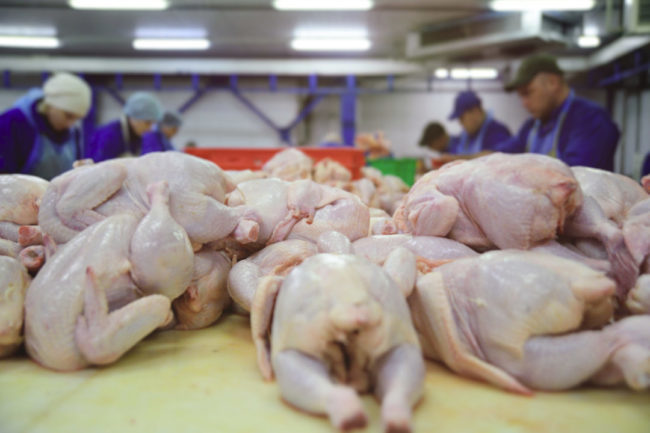ATHENS, GA. – Surveillance for Salmonella must be accurate and fast to determine whether mitigation strategies are effective in poultry flocks. However, traditional methods for culturing Salmonella can take a minimum of four to five days. But a researcher at the University of Georgia found a potential alternative method for Salmonella culturing that can reduce the time required for isolation.
Experiments also found that CRISPR-SeroSeq was shown to offer a new framework for monitoring Salmonella populations during processing. USPOULTRY and the USPOULTRY Foundation funded the project.
The project goals were to improve Salmonella surveillance by addressing limitations of traditional culturing methods and to trace Salmonella serotypes through a commercial processing plant.
Conventional culturing methods, in addition to being time-consuming, select a small number of colonies. This is a limitation because only the most abundant serotypes are detected while smaller colonies are under-identified. There are more than 2,600 serotypes of Salmonella with a small number related to human illnesses.
Nikki W. Shariat, PhD, assistant professor at the University of Georgia College of Veterinary Medicine and principal investigator, traced Salmonella serotypes at a commercial poultry plant to determine the serotype profiles after each major processing step by sampling carcasses, at both pre- and post-chill, and parts.
Shariat found that “…partially increasing the selectivity of the non-selective pre-enrichment culture step was sufficient to recover Salmonella 24 hours earlier than is the current standard using selective enrichments,” according to a research report. “This approach yielded similar Salmonella prevalence compared to the traditional two-step culture approach.”
To accomplish the second goal of tracing Salmonella serotypes through commercial processing, Shariat compared pre-enriched and enriched serotype profiles from multiple poultry-related sources such as carcasses, broiler house, litter and feed among others. Eighteen different visits were conducted across three processing facilities where samples were collected in duplicate at each visit (one set per processing line), the report stated. CRISPR-SeroSeq was able to detect small amounts of a Salmonella serotype in mixed culture samples.
The research report said, “CRISPR-SeroSeq analyses were performed on 55 samples that were collected over six visits to one plant and multiple serotypes were identified at each stage of processing.”



